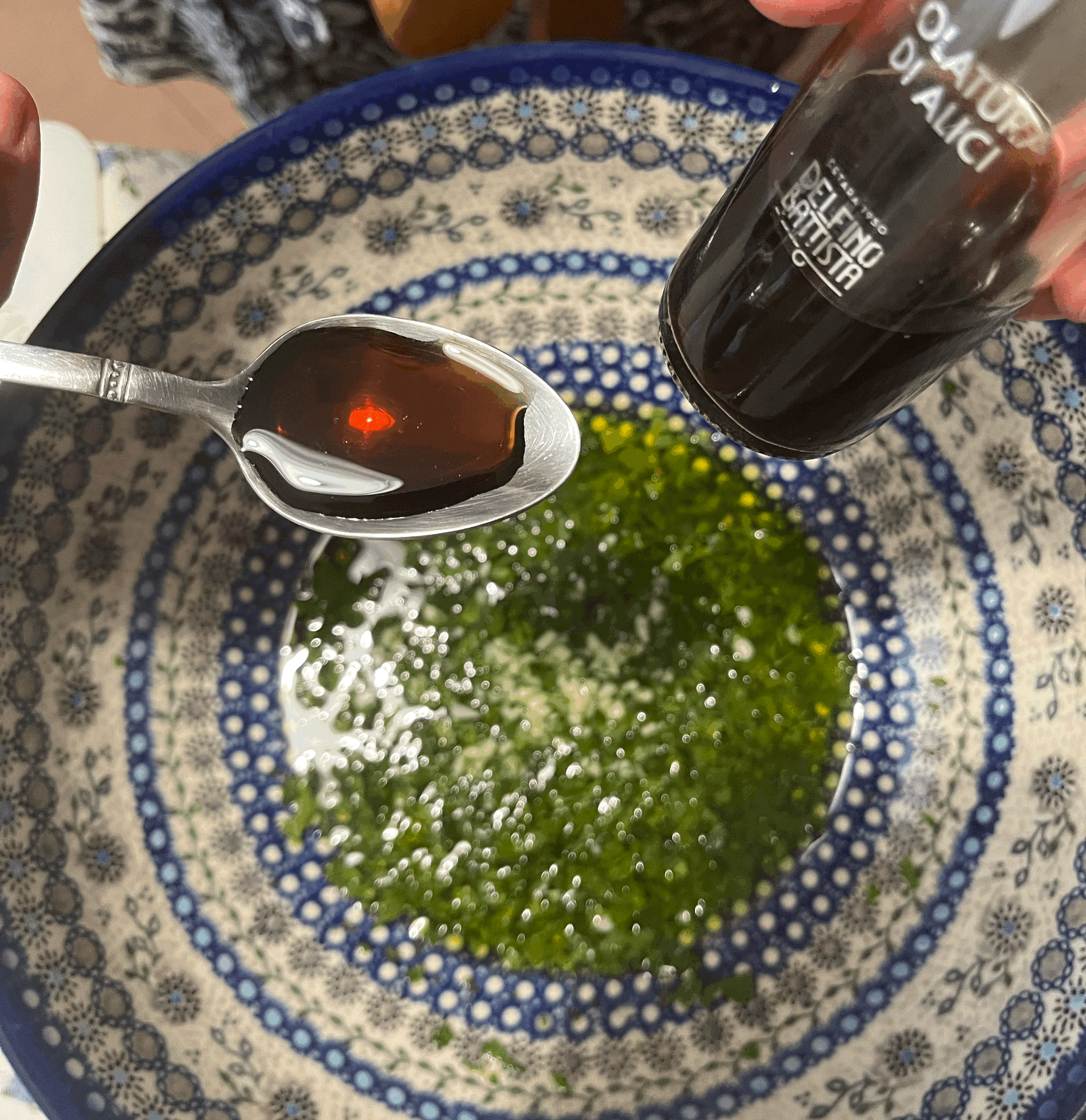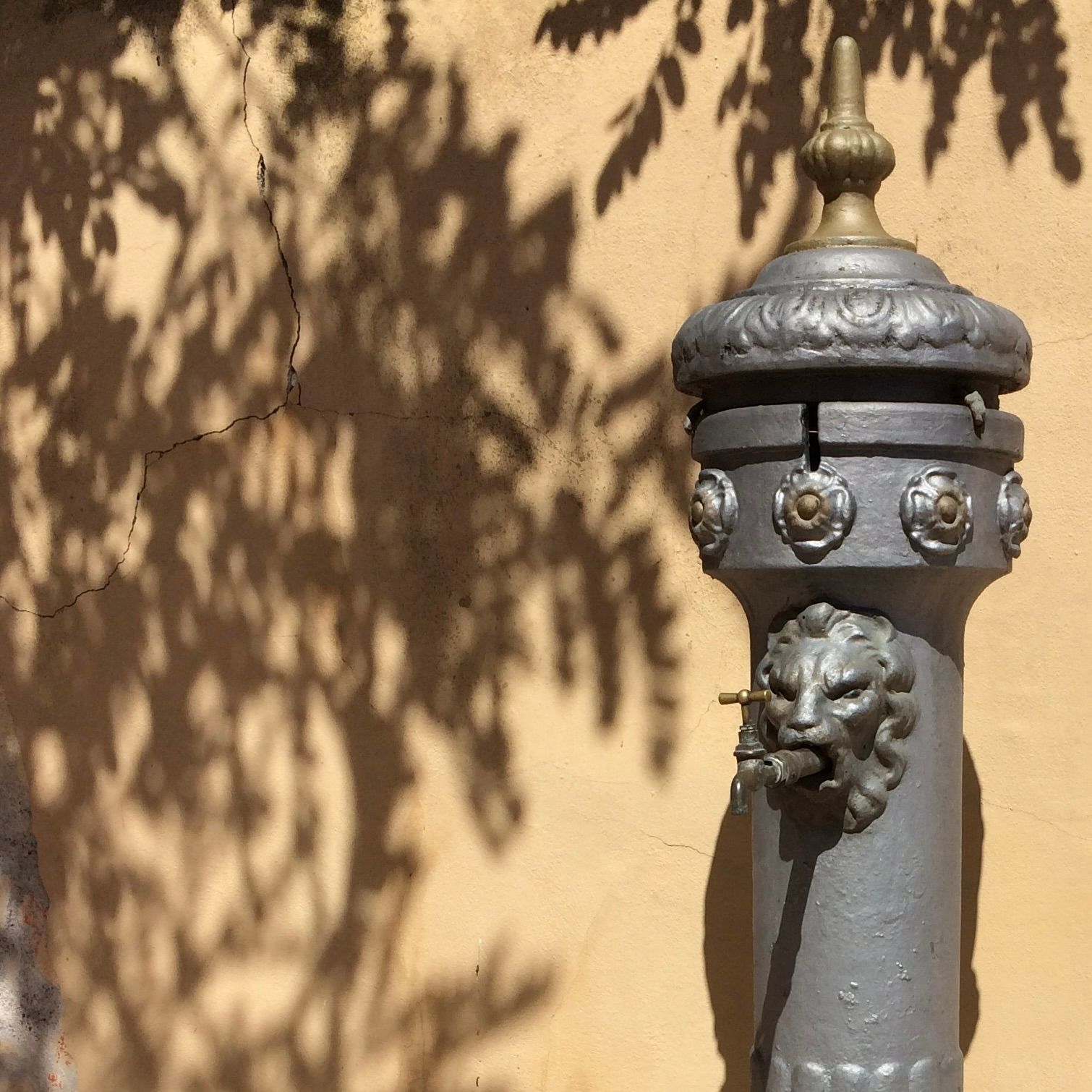
Water, Water, No Where
How Will We Live Without It?
When I began my research for the story of water in Sicily, I had in mind a different sort of theme, one of selfish indifference, environmental disregard and unimagined consequences. After all what could be more telling of the situation here than a hurried inventory of roadside plastic bottle debris, or if that’s not convincing enough, the statistic that in 2020 Italy ranked only behind Mexico in the per capita consumption of bottled water.
Companies were are making billions of profits off water, the most important component to life, and people were not only letting it happen, but encouraging an unquenchable, capitalistic reward with the sheer volume of their spending. Clearly, the problem with water in Italy was a problem with the consumer.
Only…not exactly.
As I dug into the details I realized the problem was not so cut and dried. As I found with the piles of garbage and levels of bureaucracy, it wasn’t limited to just one factor, but many, and it wasn’t exactly unique to Italy but is a situation, if left unchecked, that will eventually impact the entire world, including those not yet touched by this impending natural resource disaster.
What The Numbers Say
What is certain is Italians use a lot of water. They are one of the highest consumers in the world for both bottled water (50 gallons per person per year) and treated water (58 gallons per capita for cooking, washing, and cleaning, the majority of which is used for personal hygiene, of which about half that is flushed down the toilet).
All of which points to where I was afraid this story might end—indifference, disregard and consequence. And while consumption, or rather, how we choose to consume materials, especially those necessary for life, are a huge part of the story, there are a few other statistics that come into play here:
· Water resources in Italy are distributed unevenly, with more abundant resources in the North and scarcer resources in the South.
· About one third of the water withdrawn for municipal supply is not billed to the customers because of leakage, malfunctioning water meters, and theft.
· Most water withdrawals are for agriculture and industry, with only 18 percent of water withdrawals made for drinking water.
Bad Business in a Bottle
All of these facts tell some part of the true story of water here, but two in particular might offer some answer to the question of why so many people here drink bottled water. To do that we have to look beyond the fields of slowly, sl-oooow-ly degrading plastic and ask the question: What do they know that we don’t?
But first, I invite you to my soapbox where I’d like to share just how severe an environmental issue bottled water is for the planet in terms of only American production (which is, by the way, 4th in bottled water consumption).


Tapit is a DC-based water resource that exists to provide the public free access to tap water.
Thank you for that, now on to the question: What do Italians know that we don’t about their water? What explains their high use of bottled water?
For some possible answers, let’s return to the those bullets I listed above, the last two in particular.
Failing Infrastructure meet Climate Change
Two thousand years ago Romans boasted the most efficient water delivery system in the world, transported through miles and miles of the most advanced aqueducts of the time. The infrastructure that eventually replaced them now struggles to keep up, with many outdated and inefficient parts of the network needing repair and replacement. In Rome alone some 44% of the city’s water supply vanishes down the drain before it even reaches the taps.
Repairs are gradually happening, but it’s not happening fast enough and because the primary water source for most Italian, cities, towns and villages comes from surface water such as springs, lakes, and rivers, much lower rainfall and snowfall amounts, due to climate change, are exacerbating an already disastrous situation. With rising temps and decreasing precipitation, the availability of usable water in Italy is likely to worsen.
Sound familiar?
Finally, there is the problem with water theft, which is not a new phenomenon in Italy, nor is it unheard of in the rest of the world where some suggest that half the world’s water supply is being taken illegally, often by those working in agriculture, which accounts for 70% of global water use. The main reason perpetrators provide when their crime is discovered: uncertainty over future supply.
Go figure. We reap what we sow, so to speak.

Day after day, day after day,
We stuck, nor breath nor motion;
As idle as a painted ship
Upon a painted ocean.
Water, water, every where,
And all the boards did shrink;
Water, water, every where,
Nor any drop to drink.
— Samuel Taylor Coleridge
‘The Rime of the Ancient Mariner’
Contaminants
It’s a no brainer that people are worried, especially those whose livelihoods come from feeding people. In Italy, where there are large areas not naturally suited for crops and require extensive irrigation, there is a renewed respect for this precious resource (again, sounds familiar). But respect alone does not solve problems.
The consolidation of farm production has resulted in a less planet-friendly harvest, one in which, by the time the season ends, a great amount of fertilizer and animal waste has joined the already alarming list of pollutants from the many other natural and industrial sources seeping into the water system. The problem in Italy has become so bad, that in 2010 and again in 2012, the European Commission sued the government for failing to adequately treat water sources.
I’m starting to feel like a broken record as I recall the names of places in recent American news: Flint. Baltimore. Chicago. NYC. Jackson, Mississippi. To wallow some more in our shared fate, please check out this article from Scientific American on the water crisis in the U.S.
Fear of contaminants, more than any other reason, is the most likely culprit as to why so few Italians—and anyone really—would choose to drink water from household faucets. It’s easy to understand why. Take a drive through any farm country anywhere in the world and you’ll see enough of the gigantic, large-scale operations to raise doubts to their overall safety. It’s become about money, not food. Certainly not healthy food. Your imagination can fill in the rest.
It’s much more difficult, however, to imagine, much less see, the threat entering your home through pipes you’ve paid to install, with water you’ve paid to receive, from a government you’ve gotten assurance is safe.
So what is a person to do?
Where Does Your Water Come From?
Why buy bottled water and not rely upon more environmentally friendly methods, such as home filtration systems, like Brita or Pur? Even these methods give much more assurance that the water has undergone adequate treatment for contaminants. As the infograph above depicts, 50% of bottled water is actually repackaged tap.
It could have to do with where that bottled water originated. With more than 250 name brand mineral waters for sale in Italy, people have certainly discovered their favorite in terms of taste, but also in terms of location and mineral properties. People from these regions are rightly proud of their local spring water and are willing to buy it bottled if that’s the easiest way to get their hands on it.
Marketing departments are not blind to this, routinely touting the clean, health benefits of water from places like San Gemini, Campania, Valtellina. Apparently, the water coming from Monti di Deu in Sardina was recently voted—by someone who would know, I can only surmise—the best water in the world. San Pellegrino, which everyone does know, is bottled near Bergamo in the Lombardy region and is Italy’s most famous bottled water. Another, San Benedetto, from the Veneto, claims that its spring waters long journey from the Alps to a “naturally protected” underground basin enriches it with minerals and trace elements.
Elements of what we are left to wonder, but the point of all this is that pride, habit, health, taste and even (especially) marketing all play a part in why Italians prefer one bottled water over another. The fear they have in their municipality’s ability to deliver untainted tap water reinforces their preference.
Times Are a Changing Though
That said, things are getting better. With more restaurants switching to refillable glass bottles households are following suit, shifting their purchase from single-use bottles bought in grocery stores to visiting refilling water stations, which have popped up in neighborhoods all over Italy. These stations are super cheap, and while there is still the question of where did the water come from, at least it has removed “single-use” from the bottled water lexicon. Maybe folks have taken note from the wine industry.
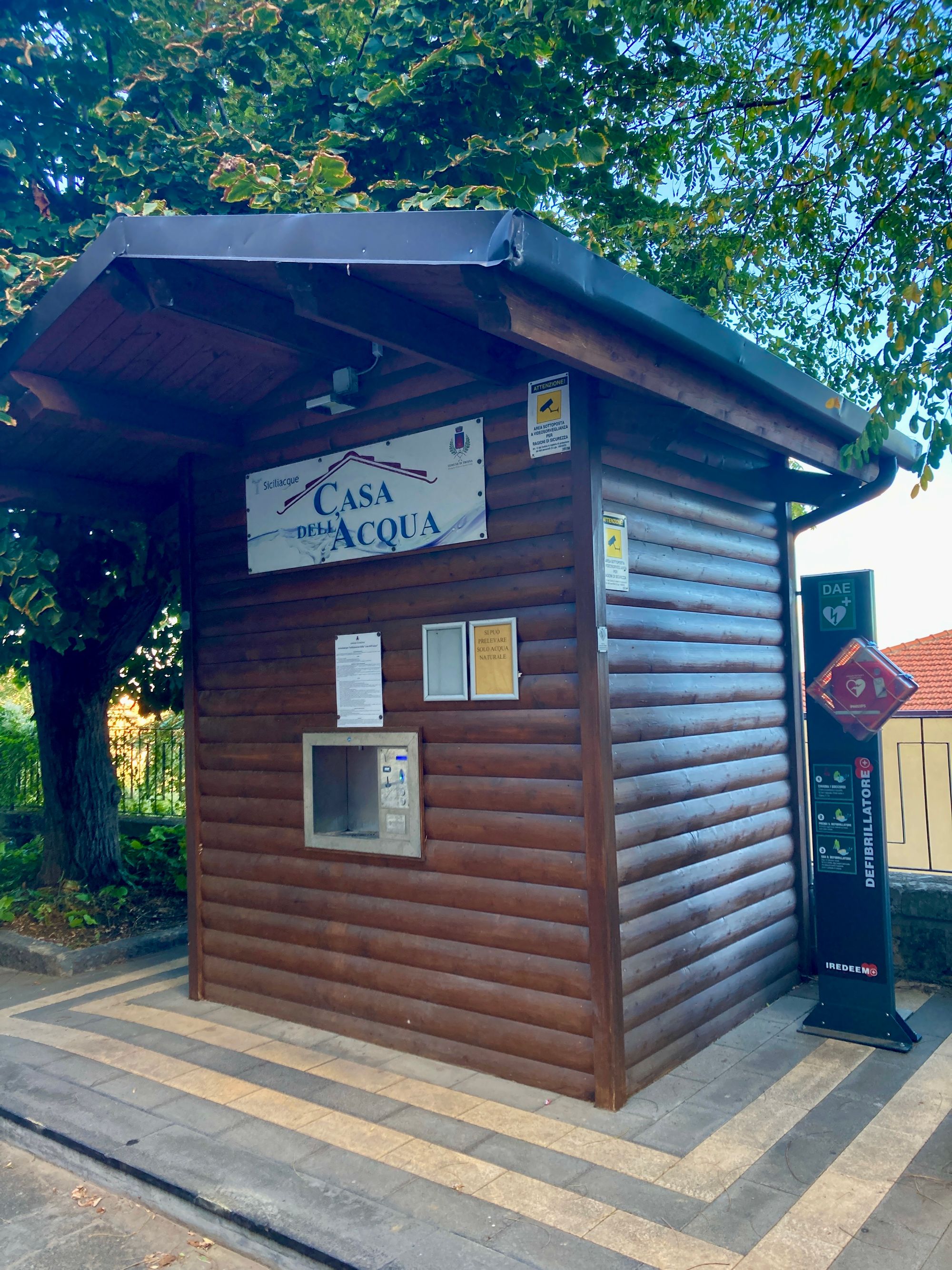
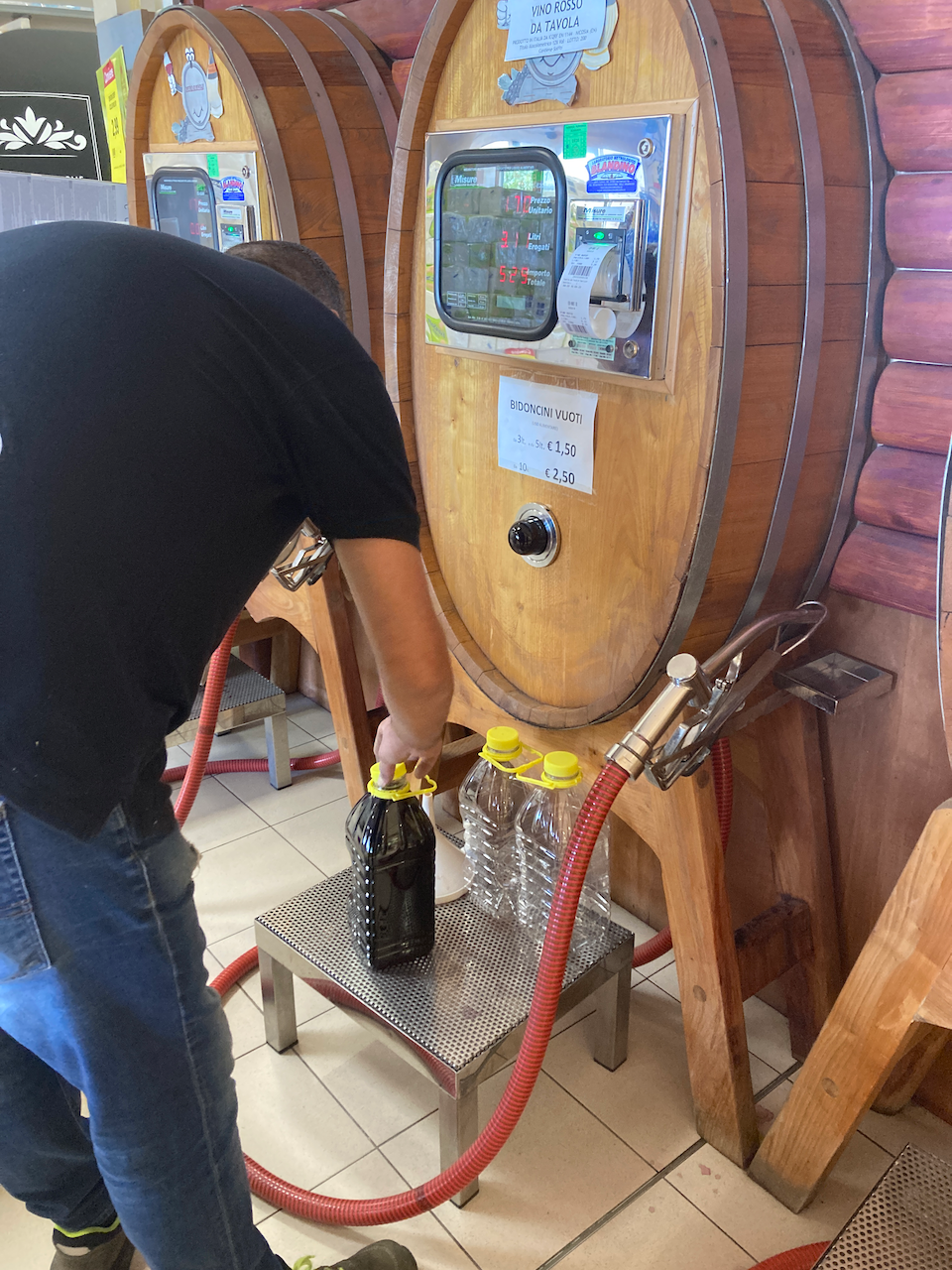
Whatever the reason, people are beginning to change their habits despite what advertisers tell them, and while we try as much as we can ourselves to avoid single-use bottles—we do, for instance, drink the tap water—we never miss the opportunity to fill up on the magic elixir found in our own Sicilian hill country. After all, you never know what maladies it might prevent.
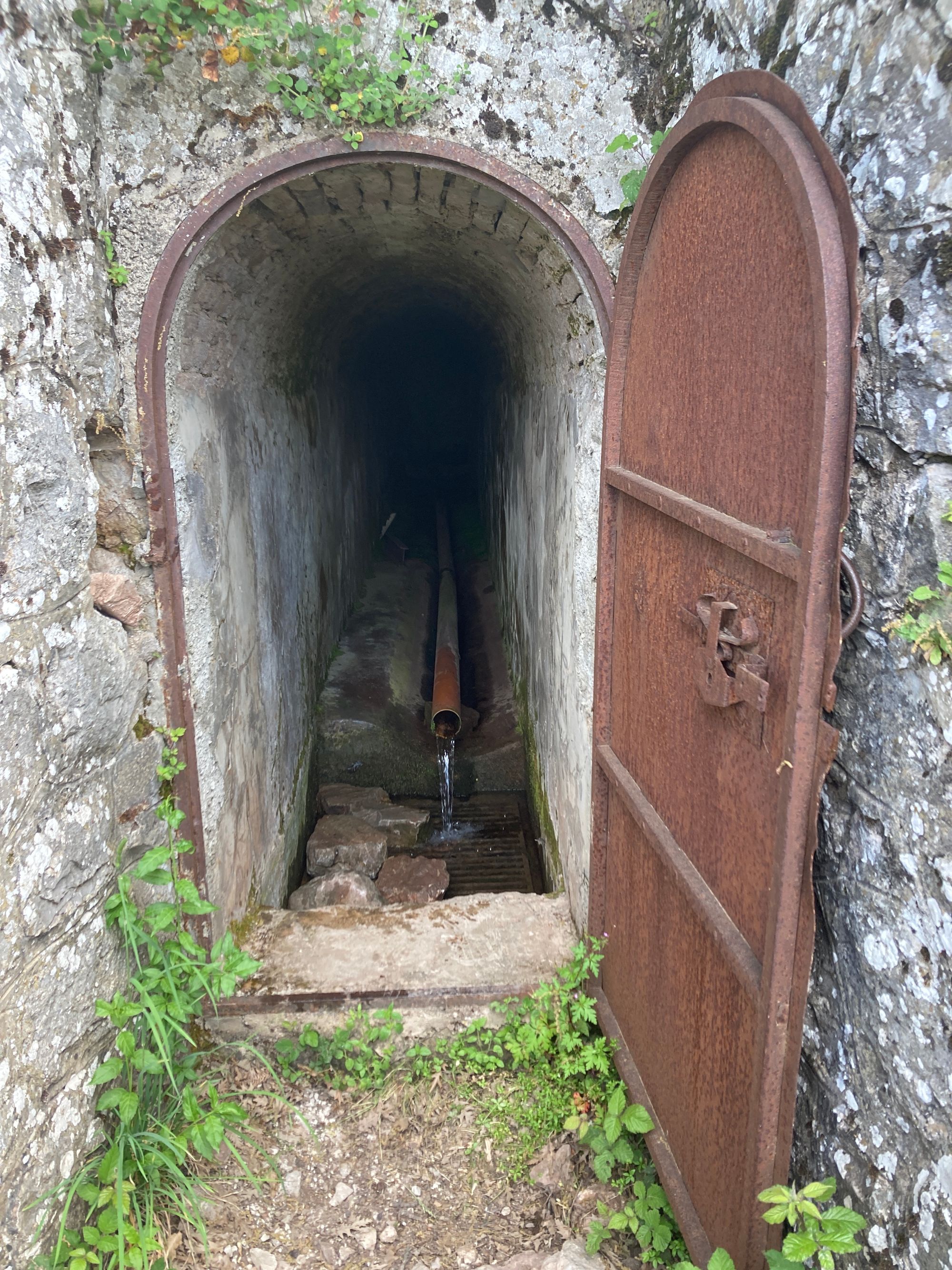
P.S. Of course you been paying attention and know that Italy is not alone in their water crisis, but if you do have to buy bottled water do you know which type of container is the best?
Ranked: the environmental impact of five different soft drink containers, from The Conversation.

